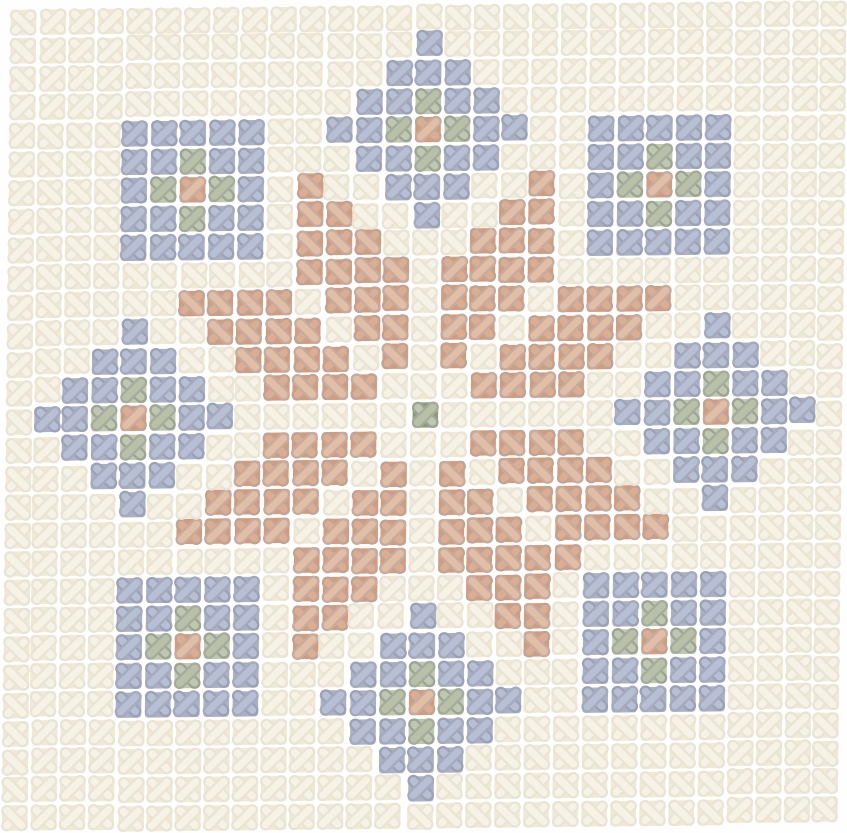

Palestinian embroidery (tatreez) was added to the UNESCO cultural heritage list not just due to the beauty of this practice and the masterfully stitched threads of colours and patterns, but because of the significance of Palestinian embroidery in the stories and histories it carries.
In 2021, The United Nations cultural agency (UNESCO) added the art of traditional Palestinian embroidery to its Intangible Cultural Heritage List.
The list was made during the 16th session of the Intergovernmental Committee for the Safeguarding of the Intangible Cultural Heritage, an annual gathering of hundreds of participants including state representatives, NGOs and cultural institutions.
UNESCO defines intangible cultural heritage as “the practices, representations, expressions, knowledge and skills – as well as the instruments, objects, artefacts and cultural spaces, associated therewith – that communities, groups, and in some cases, individuals recognize as part of their cultural heritage”.
The Representative List was first launched in 2008. In its 2003 convention, UNESCO defines the list’s purpose as “to ensure greater visibility” and to “increase awareness” of the significance of nominated elements as representatives of intangible cultural heritage.
Testimonials
Lorem ipsum dolor sit amet, consectetur adipiscing elit. In ac auctor eros, id gravida libero. Proin elit tellus, sollicitudin et ultrices a, hendrerit efficitur enim. Etiam pulvinar et risus nec pulvinar. Morbi eget enim scelerisque, imperdiet ligula sit amet, porta enim. Ut eros quam, venenatis at placerat.
Lorem ipsum dolor sit amet, consectetur adipiscing elit. Nunc dapibus feugiat diam, nec luctus orci molestie vel. Suspendisse potenti. Quisque id aliquet dolor, posuere posuere purus. Aenean mauris ipsum, pulvinar ut rutrum eget, maximus in libero. Praesent.
